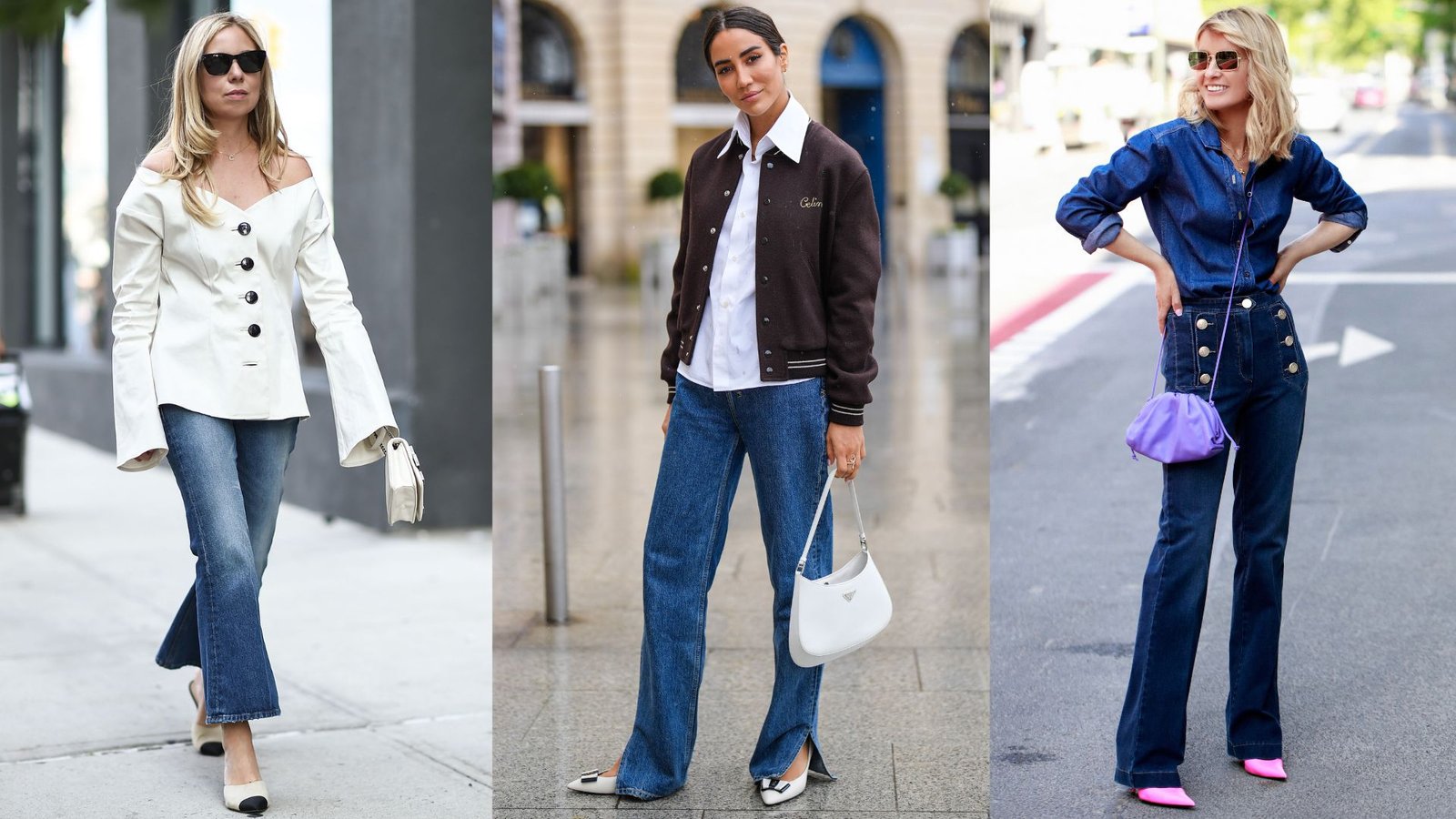Welcome to the ultimate guide on selecting the perfect backpacks for women in 2024! Whether you’re an avid traveler, a student hustling between classes, or a professional navigating the urban jungle, a backpack isn’t just an accessory; it’s your trusty companion.
In this article, we’ll delve into the key factors to consider when choosing the best backpack to suit your needs, style, and comfort.

1. Understanding Your Needs:
Before diving into the myriad of options available, take a moment to assess your needs.
Are you looking for a backpack for daily commutes, weekend getaways, or long-term travel adventures? Understanding your usage patterns will help narrow down your choices.
2. Size Matters:
The size of your backpack is crucial. Too small, and you won’t fit all your essentials; too big, and you risk overpacking and straining your back.
Consider the volume you need based on the duration and purpose of your outings. For daily use, a 20-30-liter backpack may suffice, while weekend trips might require 40-50 liters. For extended travel, opt for 60 liters or more.
3. Comfort Is Key:
No one wants to lug around a backpack that feels like a burden. Look for padded shoulder straps and a supportive back panel to distribute weight evenly.
Adjustable straps ensure a snug fit, while breathable materials prevent discomfort caused by sweat buildup.
4. Durability and Quality:
Invest in a backpack made from high-quality, durable materials that can withstand the rigors of your adventures.
Whether it’s rugged nylon for outdoor excursions or sleek leather for urban chic, prioritize craftsmanship and durability to ensure your backpack lasts for years to come.
5. Organization and Accessibility:
Efficient organization can make or break your backpacking experience. Look for compartments, pockets, and dividers to keep your belongings neatly organized.
Additionally, consider accessibility features such as front-loading zippers or side pockets for easy access to frequently used items like water bottles or smartphones.

6. Style and Aesthetics:
Your backpack is an expression of your personal style.
Whether you prefer minimalist designs, vibrant patterns, or sleek urban aesthetics, choose a backpack that reflects your personality while remaining functional and versatile enough to complement a variety of outfits and occasions.
7. Weight Distribution:
Evenly distributing weight across your back and shoulders is essential for preventing strain and discomfort, especially during long hours of wear.
Opt for backpacks with ergonomic designs and padded straps to minimize pressure points and ensure a comfortable carrying experience.
8. Weather Resistance:
Don’t let unexpected rain showers ruin your day—or your belongings. Look for backpacks with water-resistant or waterproof materials to keep your gear dry and protected from the elements.
Sealed seams, water-resistant zippers, and built-in rain covers add an extra layer of protection.
9. Price vs. Value:
While it’s tempting to opt for the cheapest option available, investing in a quality backpack is a worthwhile long-term investment. Consider the value proposition rather than just the price tag.
A slightly higher upfront cost may save you money in the long run by avoiding frequent replacements and repairs.
10. Brand Reputation and Reviews:
Researching brands and reading reviews can provide valuable insights into the quality, durability, and performance of a backpack.
Look for reputable brands known for their commitment to quality and customer satisfaction. Additionally, seek out user reviews and testimonials to gauge real-world experiences.
Conclusion:
Choosing the best backpack for women in 2024 requires careful consideration of factors such as size, comfort, durability, organization, style, and weather resistance.
By understanding your needs, prioritizing quality, and conducting thorough research, you can find the perfect backpack that combines functionality with style, ensuring comfort and convenience on all your adventures.

FAQs:
1. Are backpacks designed specifically for women necessary?
Yes, backpacks designed for women often feature narrower shoulder straps, a shorter torso length, and a contoured shape to provide a more comfortable and ergonomic fit for female bodies.
2. What’s the difference between water-resistant and waterproof backpacks?
Water-resistant backpacks repel water to a certain degree but may not withstand heavy rain or immersion. Waterproof backpacks, on the other hand, are designed to prevent water from seeping in, offering superior protection against rain, snow, and moisture.
3. How do I clean and maintain my backpack?
Most backpacks can be cleaned with a mild detergent, warm water, and a soft brush. Avoid using harsh chemicals or abrasive cleaners, and always follow the manufacturer’s instructions for best results. Regular maintenance, such as checking for wear and tear and lubricating zippers, can help prolong the life of your backpack.
4. Can I use a hiking backpack for everyday use?
While hiking backpacks are designed for outdoor adventures, many feature versatile designs that make them suitable for everyday use. However, keep in mind that larger hiking backpacks may be too bulky for daily commutes, so opt for a size and style that suits your needs and preferences.
5. How do I know if a backpack fits properly?
A properly fitting backpack should sit comfortably on your shoulders and hips without causing strain or discomfort. The shoulder straps should be snug but not too tight, and the hip belt should sit comfortably around your hips, transferring weight from your shoulders to your hips. Adjust the straps as needed to achieve a secure and comfortable fit.
